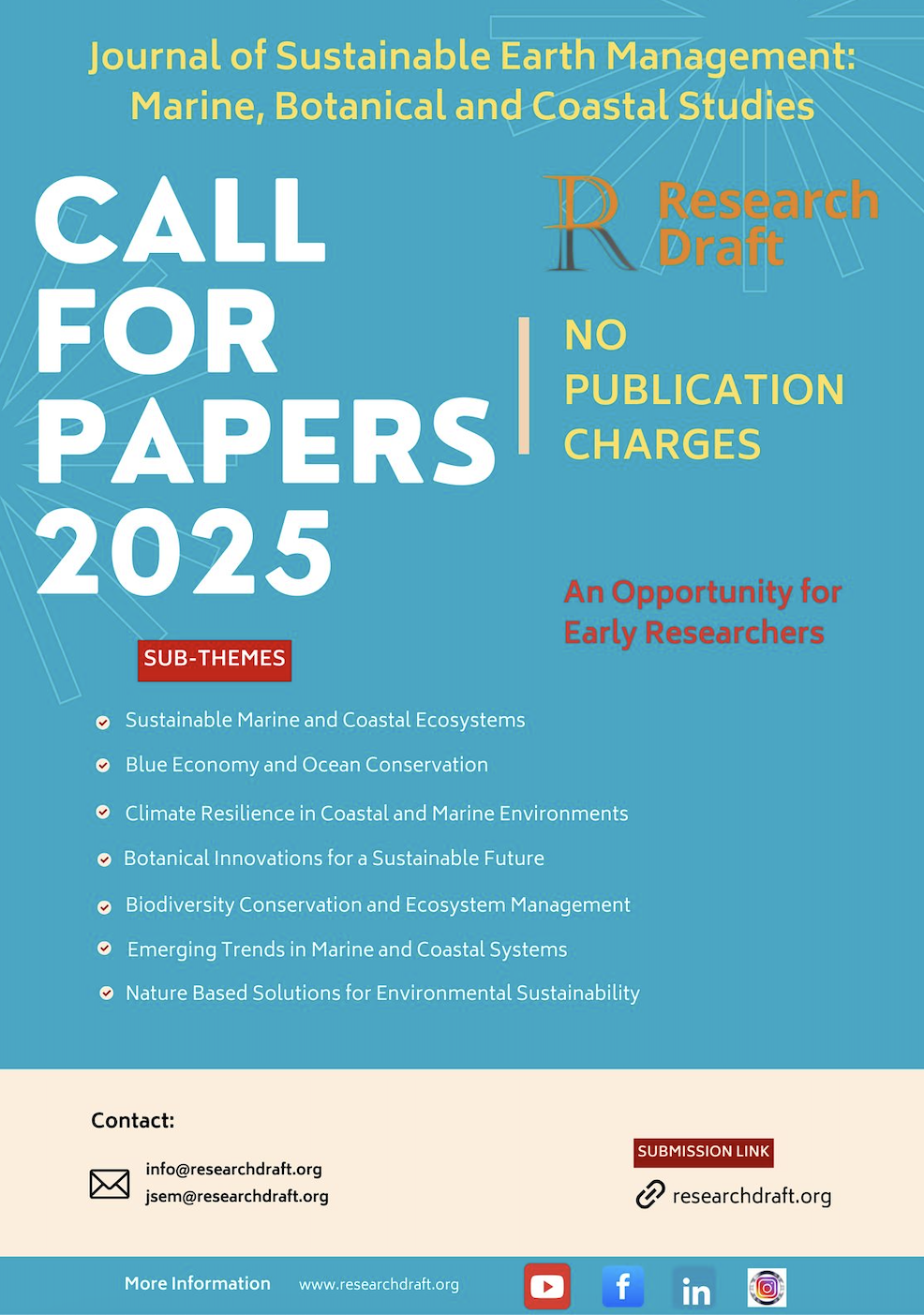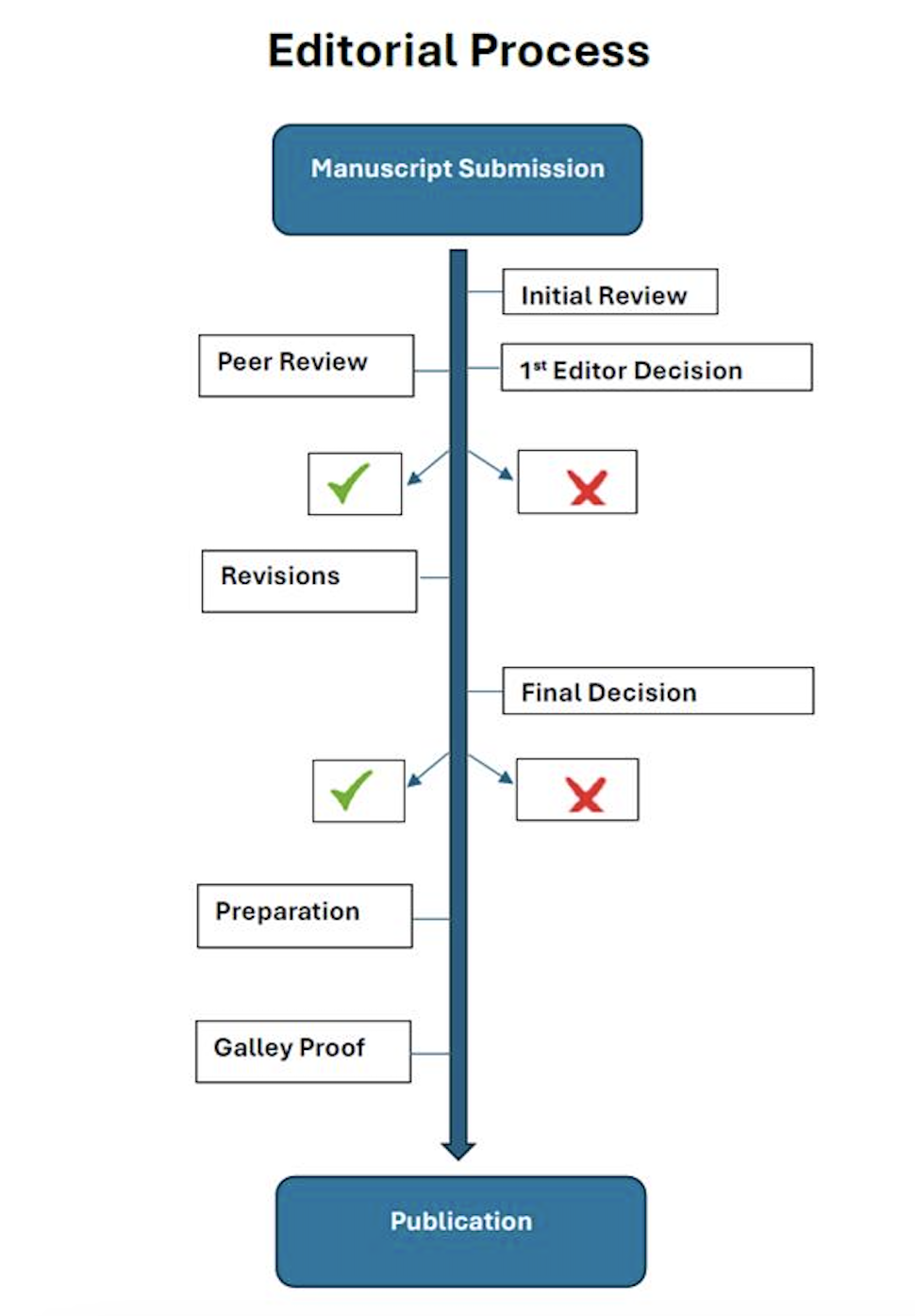Effect of Spirogyra fluviatilis on Seed Germination of Daucus carota L. Var. Maverick and Choctaw
Keywords:
carrot seeds, freshwater algal fertilizer, growth media, germination percentage , seedling growthAbstract
Daucus carota L. (Carrot), a root vegetable of the Umbelliferae family, is widely cultivated and offers several health benefits. Algae, rich in plant nutrients, are increasingly used as natural biofertilizers to reduce the harmful effects of synthetic fertilizers. This study, conducted at the Phycology Lab, Department of Botany, GCU, Lahore, investigates the effect of freshwater algae on seed germination in two carrot varieties, var. Choctaw and Maverick. Four concentrations of Spirogyra fluviatilis algal extract (0 %, 10 %, 50 %, and 100 %) were tested, with parameters including shoot length, root length, leaf number, and leaf length. Statistical analysis using ANOVA and the Least Significant (LSD) test revealed that algal extract concentration significantly affected growth parameters, with maximum growth observed in the control group and minimum growth at 100% algal extract. No significant differences were found between the 10 % and 50 % concentrations. Variety type did not significantly influence the growth parameters.
Downloads
Published
Issue
Section
License
Copyright (c) 2025 Roma Yousaf, Ghazala Butt, Tooba Zia, Maham Mujahid (Author)

This work is licensed under a Creative Commons Attribution 4.0 International License.
Submission declaration
Authors retain the copyright to their work and grant the Journal of Sustainable Earth Management (JSEM), the right of first publication under a Creative Commons Attribution 4.0 International (CC BY 4.0) license. This license allows others to share, adapt, and reuse the work for any purpose, including commercial use, as long as appropriate credit is given to the original authors and the journal.
By submitting a manuscript, authors confirm that the work has not been published previously (except as an abstract, lecture, or academic thesis), is not under review elsewhere, and has been approved by all authors and relevant authorities. Once accepted, the article will be openly accessible under the CC BY 4.0 license, ensuring wide dissemination and reuse with proper attribution.






